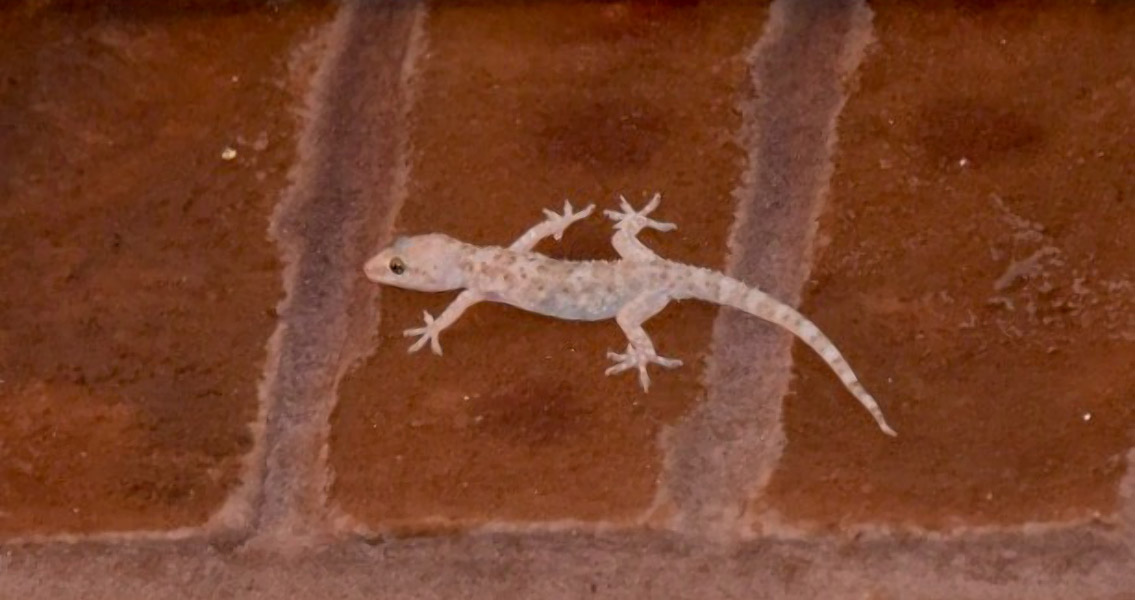<![CDATA[A collection of perfectly preserved geckos and chameleons from nearly 100 million years in the past has been uncovered in the jungles of Myanmar, it was recently revealed. Taking a page from Michael Crichton’s famous novel – and the blockbuster movie adaptation that spawned the “Jurassic Park” film franchise – a full dozen lizards were found quite literally frozen in time in amber, much in the same way that fictional mosquitoes were found in the story. While the blood preserved within Jurassic Park’s amber-encased mosquitoes led to the genetic reclamation of countless dinosaur species, such an event could never happen in the real world; however, this doesn’t detract from the paleontological worth of this new finding. Discovered in Myanmar’s state of Kachin, the ancient lizards are thought to be considerably older than the kinds of dinosaurs depicted in Jurassic Park. In fact, the amber-encrusted geckos and chameleons may be not just the oldest cache of tropical lizards ever found but the most diverse of its kind as well. While amber is often thought to be fossilized tree sap, it’s actually resin – which is a separate substance made by a completely different process and featuring completely different organic components. Fossilized resin, while not a mineral, is often considered a semi-precious stone and is highly valued for its color and clarity – but it’s even more valuable when it bears long-dead examples of insects, lizards, and other small animals that blunder into the sticky substance and become entombed within. The preservative ability of amber can provide scientists an unprecedented look into the bones and soft tissue of the animals caught within. In this case, the 12-lizard collection, which could be as old as the Cretaceous period, is showing off the delicate inner workings of the types of creatures that evolved, over time to become the lizards that roam our modern world. Previously existing evidence from genetic studies has made the suggestion that our modern lizards are likely to have descended from sources around 100 million years in the past. However, full fossilized remains of lizards from the Cretaceous are exceedingly rare, and usually only feature a handful of bone fragments or impressions left behind in bedrock. However, the incredible detail recorded in the amber-encased lizards has led scientists to identify at least two of the specimens as related to modern gecko and chameleon species. While additional, more in-depth analysis will be necessary in order to make more definitive claims, researchers involved in the study say that the questions about certain gaps in the evolutionary history of these creatures are likely to be answered by the dozen specimens. Dr. Juan Daza, lead author of the research study chronicling the discovery, said in an article with New Scientist that one of the specimens is quite possibly the best example of a fossilized gecko ever found. In fact, after an examination of the fossil Dr. Daza and his team found that none of the characteristics of the ancient gecko match those of modern species – a remarkable claim indeed. The study, which was recently published in the journal Science Advances, can be found online here Image courtesy of Wikimedia Commons user: Timdwilliamson]]>
Ancient Geckos Found Preserved in Prehistoric Amber
